
Trip Date – February 2015
| 🇳🇵| Wedged between the Tibetan Himalayas and vast Indian planes, Nepal is a playground for visitors of all passions. Although home to eight of the world’s ten highest peaks, the elevation drops in dramatic fashion when traveling south into the Kathmandu Valley. Religion is paramount to the Nepalese, with over 80% of the country’s 29 million people practicing Hinduism. This becomes instantly clear through the abundance of prayer flags, an iconic symbol of the nation that can be seen everywhere from the 29,000-foot Mount Everest summit to the bustling streets of Kathmandu’s Durbar Square. With exceptionally friendly locals, rich culture and unique natural beauty, the biggest challenge for many visitors is how to fit it all in.
In early 2015, my friend Amber and I took on this challenge over the Chinese New Year holiday. With only a few days to spare, we were determined to make them count. We started at the top (literally and figuratively) with Mount Everest. It’s hard to imagine a visit to Nepal that doesn’t include the world’s tallest mountain. It is over 60 million years old and named the ‘Goddess of the Sky.’ Reaching the summit has been achieved by only 4,333 people, however, the mountain has claimed 288 lives in the process.
Given our schedule, an Everest trek was unfortunately not in the cards. As a result, we turned to the next best thing – a ‘mountain flight.’ For US$200/person, these sightseeing flights operate daily from Kathmandu airport and provide passengers with stunning Himalaya views from the air. The flights are weather permitting and often cancelled/postponed due to the extreme mountainous conditions. Knowing this, we booked for our first morning in Nepal, thinking that if the weather didn’t cooperate we could potentially re-book for the following day. We made our reservation on Buddha Air, a name that led me to believe this flight could be the best of worst of my life. In addition, when we arrived at the airport, the entire terminal was under construction which had us wondering if we were in the right place.

After getting our boarding passes and going through security, we were informed that our flight was an hour delayed. We then began talking with others in the waiting area who said that bad weather had cancelled all mountain flights for the past three days and every eventual cancellation began with this same one-hour delay message. Not good, but with no other choice than to play the waiting game, we sat around for the hour. There was then some encouraging activity amongst the airport staff as they began moving around in a way that suggested they were preparing for departures. A few minutes later an announcement advised that the conditions had cleared and today’s flights would be operating. What a relief. Go Buddha Air!
Our plane was a 16-seat Beechcraft 1900. It was cozy inside, and of course a full flight given the back log of delayed passengers. It took another hour for the airport personnel to get planes moving following the three-day stall. As our tarmac and taxi time was coming to close and we were approaching the runway, I needed to pee. I have a bladder the size of a ketchup packet and it’s the most inconvenient thing ever. After looking around inside the cabin, I realized that this tiny prop plane wasn’t equipped with a toilet. I got up and walked to the front of the plane to ask the flight attendant what I could do. She took a quick peek out the window and, without wasting a second, threw open the main cabin door and pointed outside. I was confused, but she again signaled me in the direction of the steps. “You promise not to leave without me?” She smiled and nodded. I walked down the stairs, went to the side of the runway and took a leak in the bushes while an entire string of shortly-departing airplanes watched. I then hurried back on board, sat down and within minutes we were airborne. Great timing.


It takes about 45 minutes to fly from Kathmandu to Mount Everest, but the landscape begins changing in a big way early into the flight. The flying conditions do too, and our puddle jumper was struggling to remain stable. The Himalayan wind caused quite a bit of tossing and turning, although it (at least in my mind) never seemed dangerous. The highlight of the flight was the opportunity to visit the cockpit. Every passenger got a chance. The pilots were friendly and happy to answer questions. We had a perfectly clear day which led to incredible views. When I went to the cockpit, Mount Everest was directly in front of the plane.
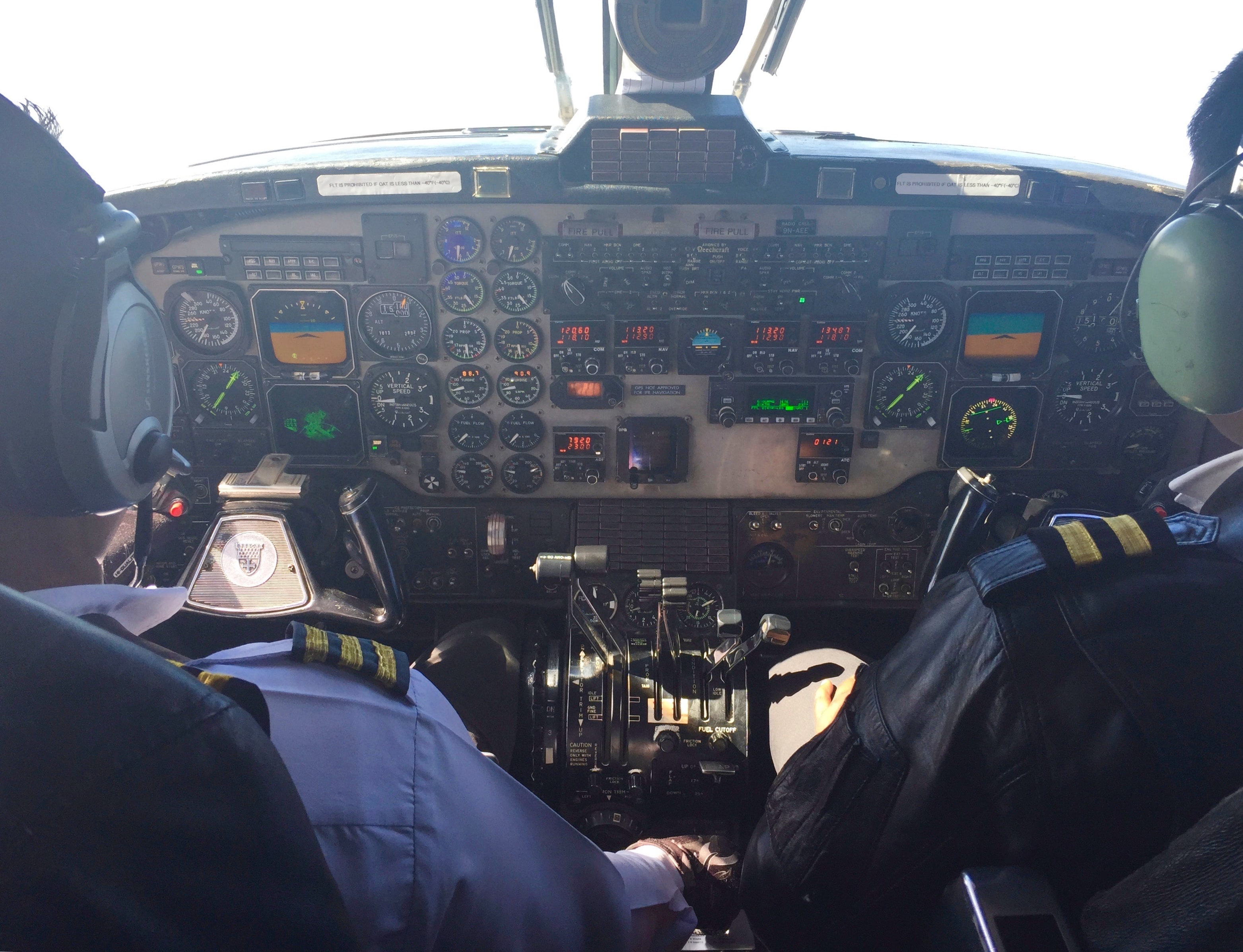
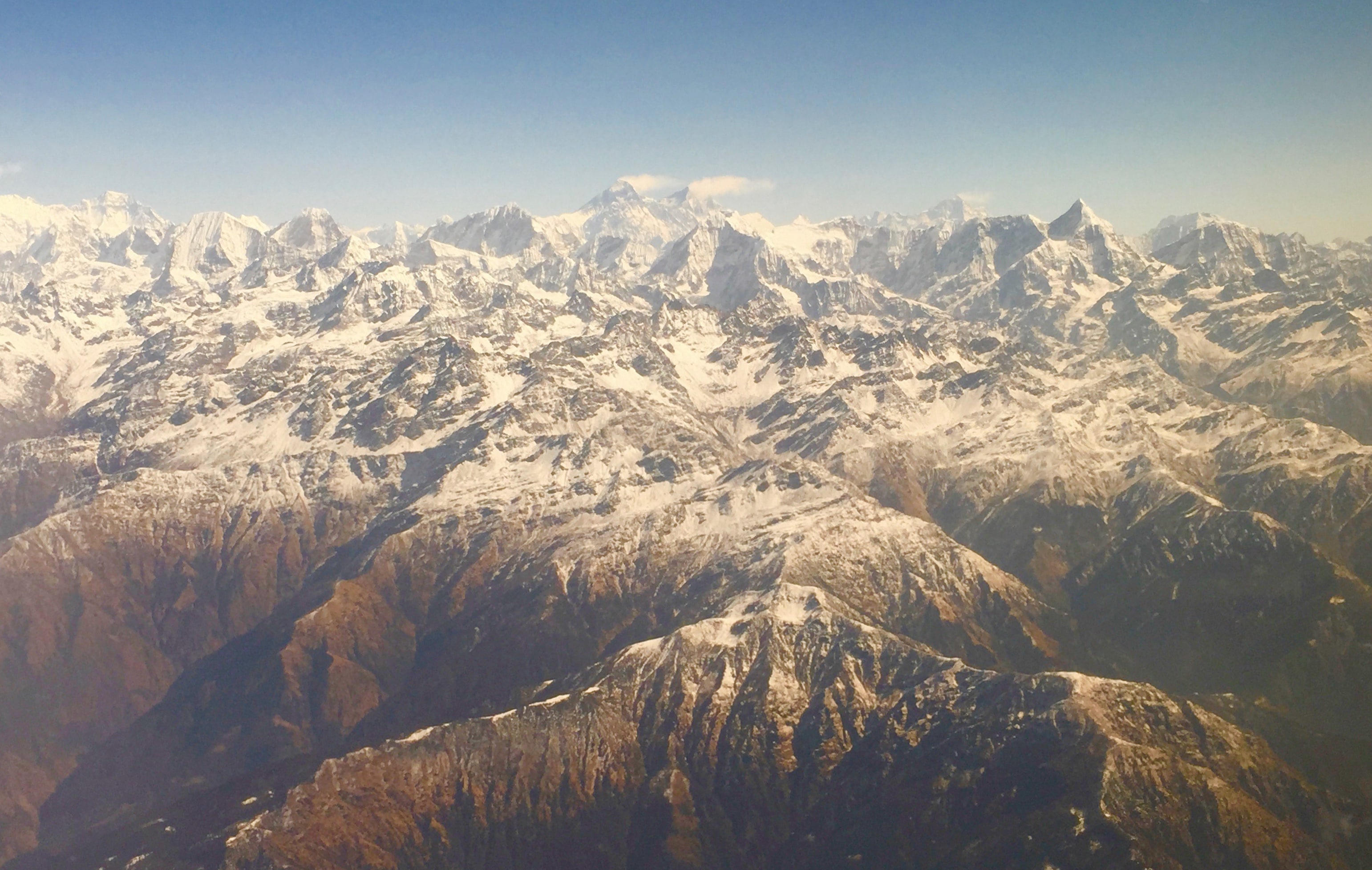

After circling for a while and giving both sides of the plane a view of the peak, we returned to Kathmandu and landed on the same runway we departed from 90 minutes earlier. It had been a fantastic experience and something I will never forget. It was also some serious motivation to plan another visit to trek to (at least) basecamp. I hope I get the opportunity.
With much of the day still ahead, we made our way from the airport to the Pashupatinath Temple on the bank of the Bagmati River, which runs through the heart of the city. In addition to the temple, the center piece of the area is the Kathmandu Crematoria. According to Hindu customs, a deceased body remains at home until it is cremated, which usually occurs within 24 hours of death. The traditional ceremony sees the family build a funeral pyre next to the river, sprinkle it with holy water, and circle the body three times, walking counter-clockwise. This area is only open to those of Hindu faith, but visitors can observe the cremations from the opposite side of the river. It was eye-opening exposure to a tradition completely different from Western culture. If you’re in Kathmandu, you do not want to miss seeing it.
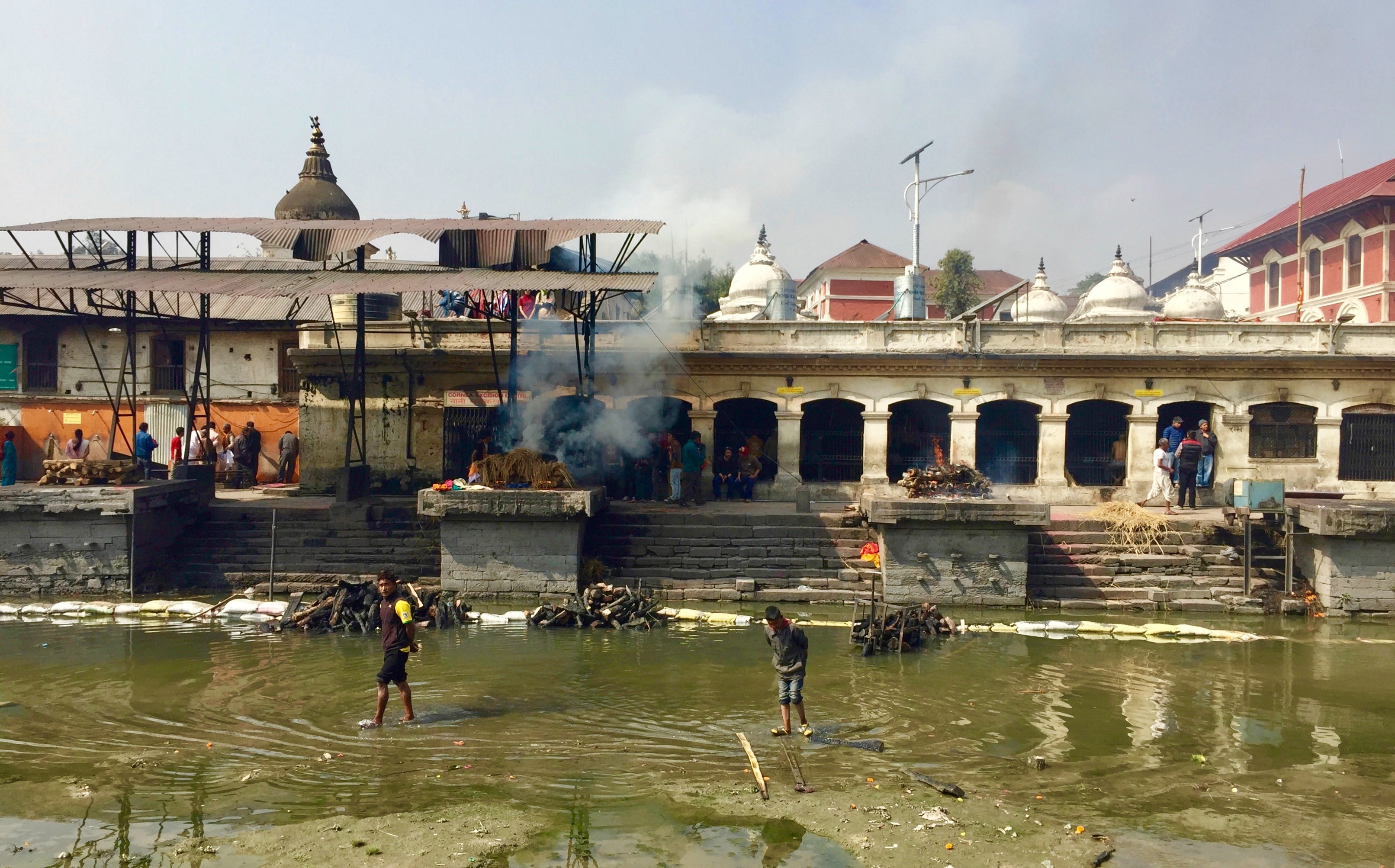
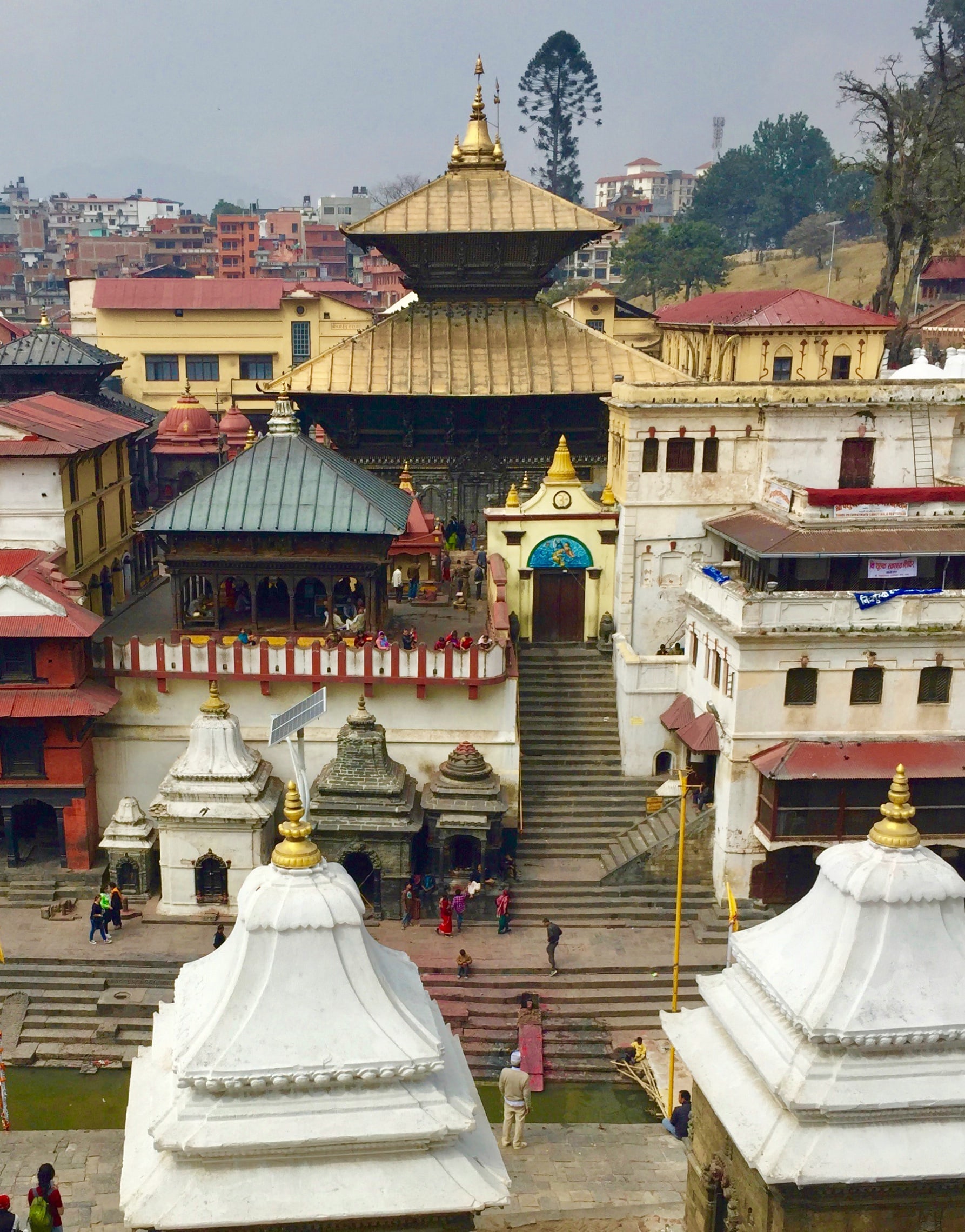
Behind the visitors bank of the river is a hill that hosts Pandra Shivalaya, a collection of smaller Hindu Temples. Among these temples sit dozens of Sadhu’s. They are devout religious people who strictly follow a path of spiritual discipline. In my experience, they were very welcoming and happy to talk or take photos. Some spoke decent English, or at least enough to ask for a tip. Many of them had long dreadlocks and painted faces. Before leaving, one of the men put his dreads around my shoulders and gave me a traditional blessing. He told me he had been growing his hair for 51 years.
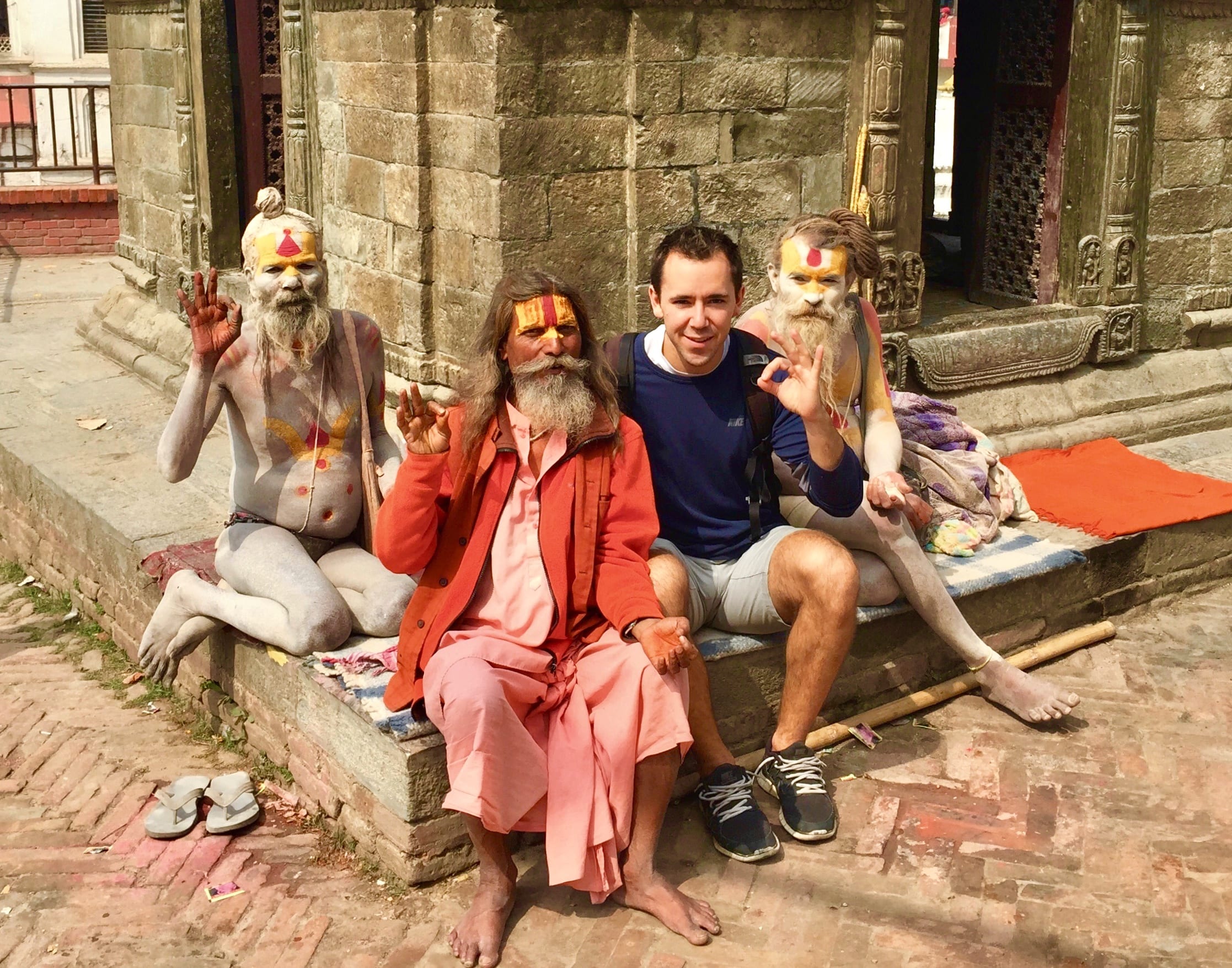

Across town is the Boudhanath Stupa, one of the largest stupas in the world and a top Kathmandu attraction. On the day I went, it was crowded with visitors. You can walk on top of the first level of the temple and get a close up of ‘The Eyes of Boudha’ and the countless prayer flags tied to the tip of the stupa. The area is a nice place to explore but we didn’t stay for long.

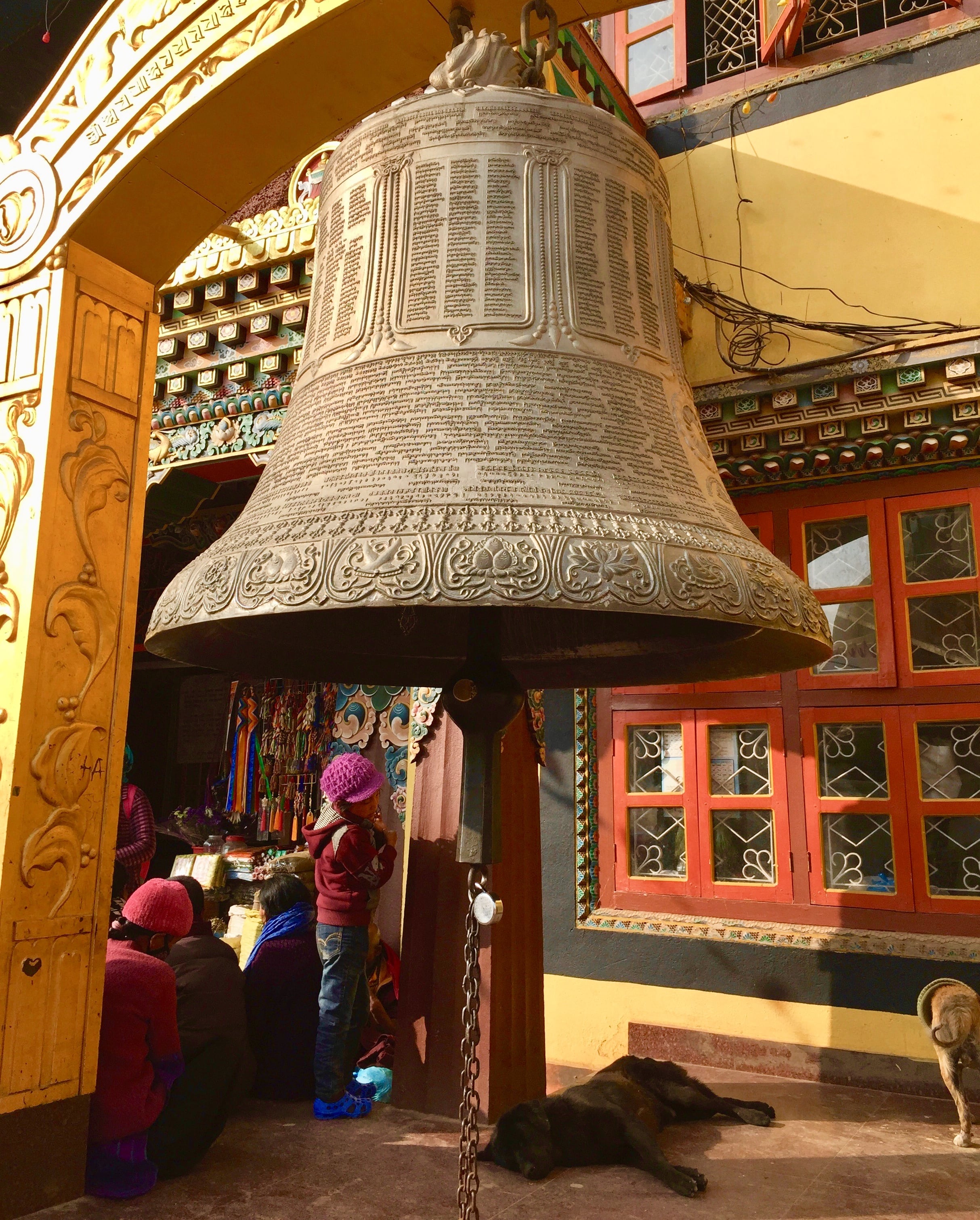

The following day we decided to get out of the city and booked a white-water rafting day-trip on the Trishuli River. The site is about a three-hour drive west of Kathmandu, which meant we left our hotel early in the morning. It was nice to experience the Nepalese countryside, which is very different from both the busy city streets and the Himalayas. February was low season, meaning that the water level was down and the rapids weren’t as strong. There were a few exciting moments but also a lot of calm floating which allowed for more time to absorb the surrounding scenery. Given it was winter, the water was chilly, but the rafting company provided us with waterproof tops that kept us warm. I thought the guides did a great job of being professional while also ensuring we had fun. This proved to be an enjoyable way to get a quick taste of rural Nepal.

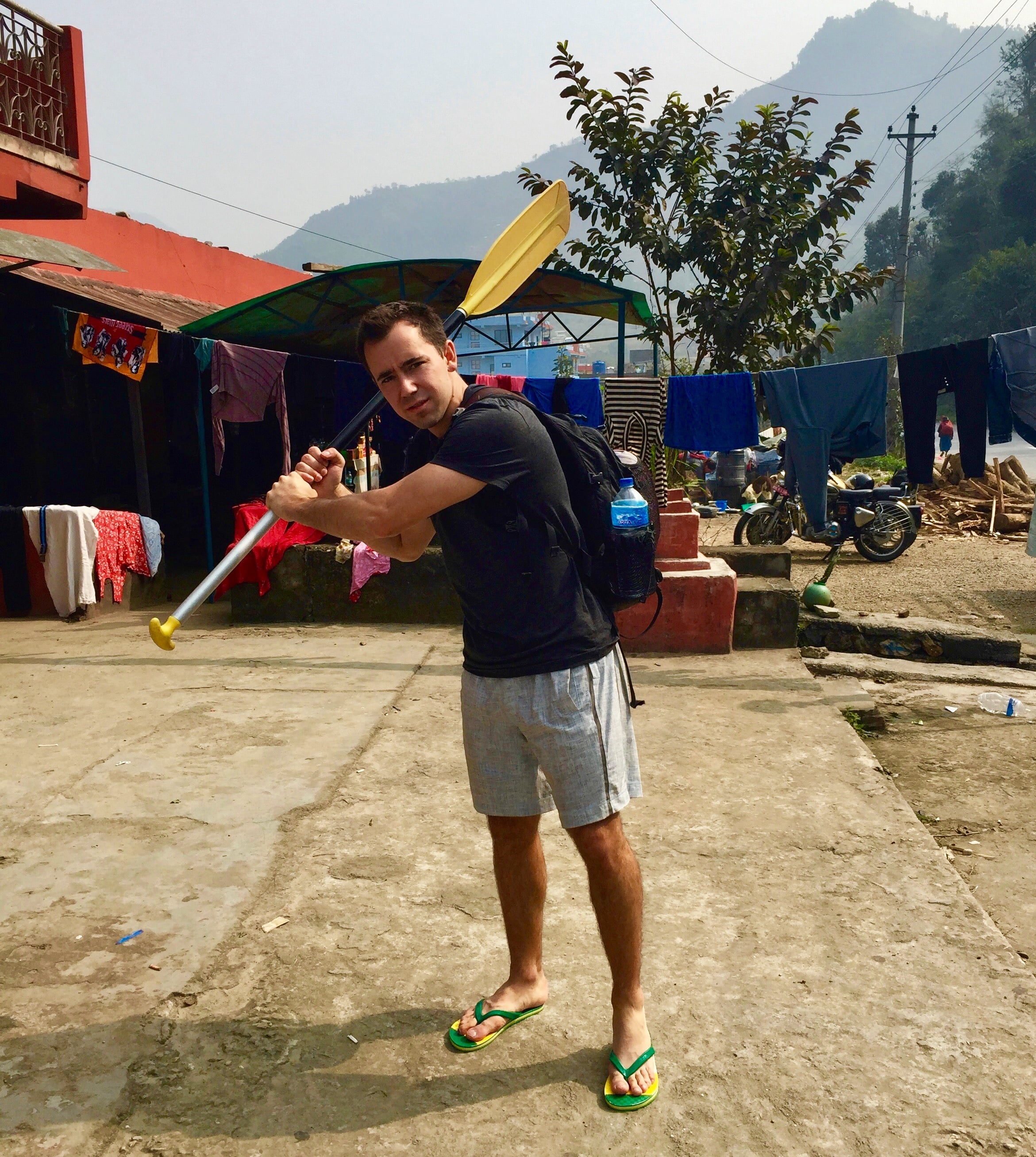

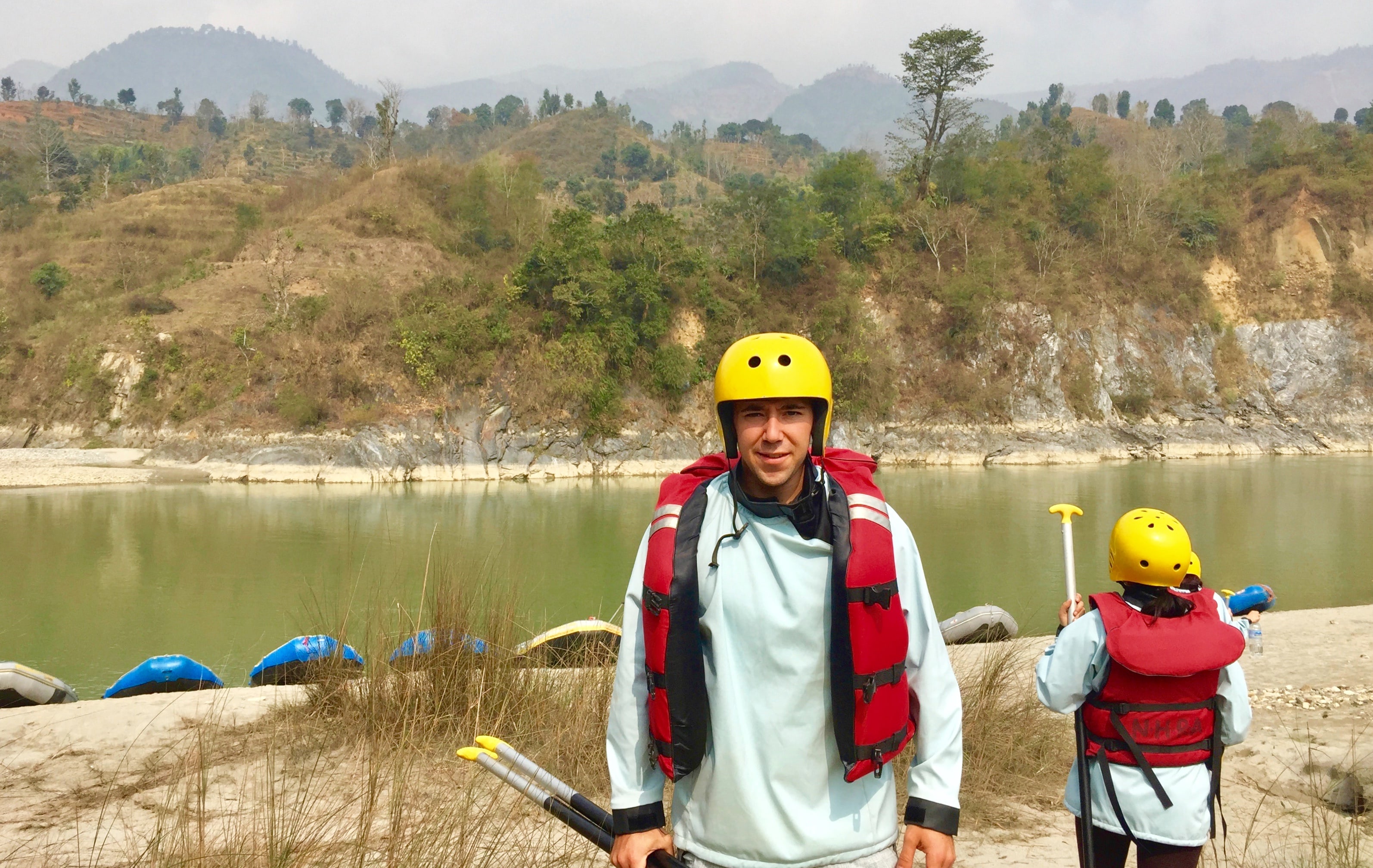

Returning to Kathmandu, we decided to take a public bus rather than wait for the rafting company’s van. We were in a bit of a time crunch to catch our flight to Singapore and determined this would be faster. For the three-hour ride, it cost us the equivalent of US$2. The bus was packed but, despite heavy traffic, got us there on time. We enjoyed chatting with a few of the locals during the ride back to the airport.

I consider Nepal to be one of the best value destinations I’ve visited. It is a great choice for budget-conscious travelers who can rack up spectacular experiences for less than $50/day. It is a quirky place, beginning with small things like its uniquely-shaped national flag and +45-minute Nepal Standard Time.
I hope to make it back again for a trek, possibly to Mount Everest base camp, the world-renown Annapurna Circuit or something else. Few countries in the world are as well-structured for independent travel as Nepal, so, whether you’re solo or with a group, a visit to this Himalayan marvel will almost certainly be as rewarding as anywhere in the region.
Have you been to Nepal? What did you enjoy most?

A pity you did not visit the Leprosy Mission’s hospital near Kathmandu.
Hopefully next time ??
This design is spectacular! You obviously know how to keep a reader
amused. Between your wit and your videos, I was almost
moved to start my own blog (well, almost…HaHa!) Great job.
I really enjoyed what you had to say, and more than that, how you presented it.
Too cool!
Janeen- thanks so much for the nice words. You should definitely start a blog! I think the hardest part is writing the first post. Good luck and safe travels!
Wow, marvelous weblog format! How lengthy have you ever been running a blog for? you made running a blog look easy. The full glance of your website is fantastic, as smartly as the content material!
Thanks so much! I started about 18 months ago. Happy New Year!
Along with almost everything that appears to be building inside this specific area, all your perspectives are generally relatively exciting. Nevertheless, I beg your pardon, because I can not give credence to your entire plan, all be it refreshing none the less. It would seem to everybody that your commentary are generally not totally justified and in reality you are generally yourself not really completely convinced of your point. In any case I did take pleasure in looking at it.